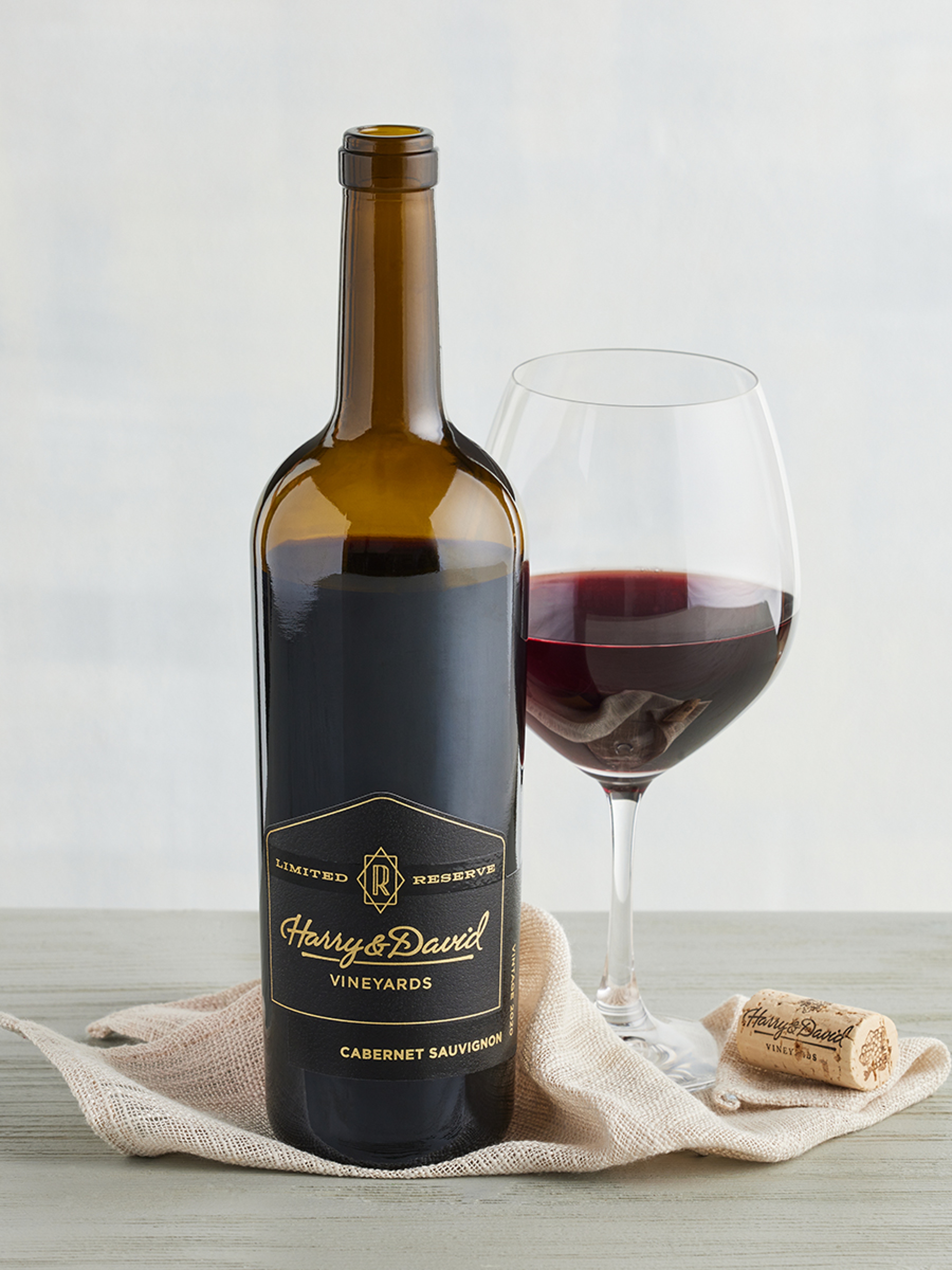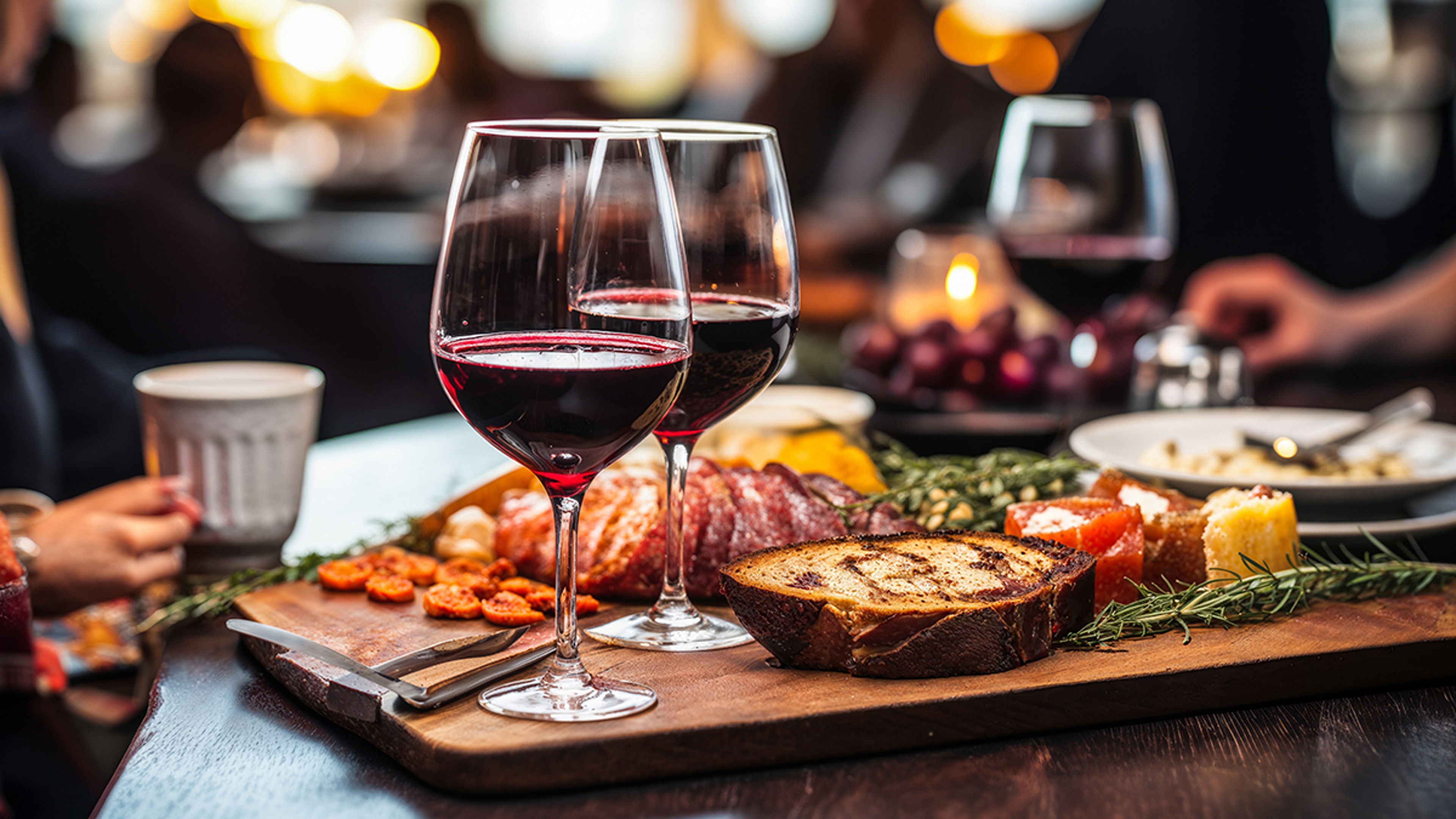Seeing the word “reserve" on a wine label has always felt, to me, like the Spinal Tap amp that goes to 11 — a blatant marketing ploy. And while it does have to do with marketing, the designation is (usually) not an insincere one.
No regulations or actual standards exist for calling a wine “reserve" — except in some popular wine-producing countries like Argentina, Italy, Portugal, and Spain, where, fussily and admiringly, there are tons of qualifying factors. Almost always, though, the reserve is a better version of that producer's release — and by "better," I mean off-the-charts extraordinary.
What you're really relying on is trust. If you know and like a certain vintner, then the reserve version will almost definitely be superior and almost always worth the price difference, which is usually proportional to the regular version price.
The origin of reserve wine

No one knows, or at least is letting on, who came up with the idea of reserve wine — or "reserva" (Spain), "riserva" (Italy), or "gran reserva" (Chile; Spain, too, as a “great reserve"). I suspect the French, but, then, I always think the French did everything wine-related first (which they didn't), or maybe Italy (the first place I encountered reserve wine), where every wine-producing region has its own set of rules. Whoever first smacked their forehead and said, “Sheesh, we can charge more for this!" notwithstanding, we know it started as winemakers keeping some of a certain vintage longer in the barrel, letting it mellow and mature and become more complex and smooth, and putting it aside for, really, their own consumption — literally, reserving it.
A longer-aged wine is the most common factor in "attaining" the reserve classification, but some vintners also make reserve wine from a special part of a vineyard, where the grapes yielded are better.
“For our Harry & David Reserve Cabernet Sauvignon, we start with vineyard and block selection, and continue into the winery. We have a detailed program for our reserve label that includes things like yeast strain selection and barrel program — the amount of new oak, type of oak, toast levels, and time for aging in barrel," explains the wonderfully knowledgeable Ellen Sorenson, certified sommelier and merchandising manager of wine for Harry & David.
She's a good person to ask if reserve wine is demonstrably better, and worth the extra cost.
“Because there aren't rules and regulations around the term in the United States, it isn't clear on what producers are using as a guide to designate as reserve that would make it 'better.' Also, 'better' is subjective.
“For the extra cost, my answer is — sometimes, and it depends. If it's pizza night, then it might not be worth pulling the cork. We create wines that will be enjoyed at release but will continue to get better over time in a cellar so that you can pull them out to enjoy during special moments and occasions. Our reserve wine programs are designed to create complex wines to be enjoyed over many years. When allowed to lay down for a while, they only get better with age."
As for pairing a reserve wine with food, the sensory experience is comparable to if you went with the non-reserve counterpart, except that you'll be drinking a better bottle of wine (again, subjective). In the case of the Harry & David Reserve, Sorenson recommends pairing it with red meat and rich foods, such as aged cheese. "Try a bandage-wrapped cheddar — yum!" she exclaims.
All this begs the question: Why don't vintners simply make all their wine reserve?
“Not everyone wants or can afford a $40-plus bottle of wine all the time," says Sorenson, sensibly.
.svg?q=70&width=384&auto=webp)









